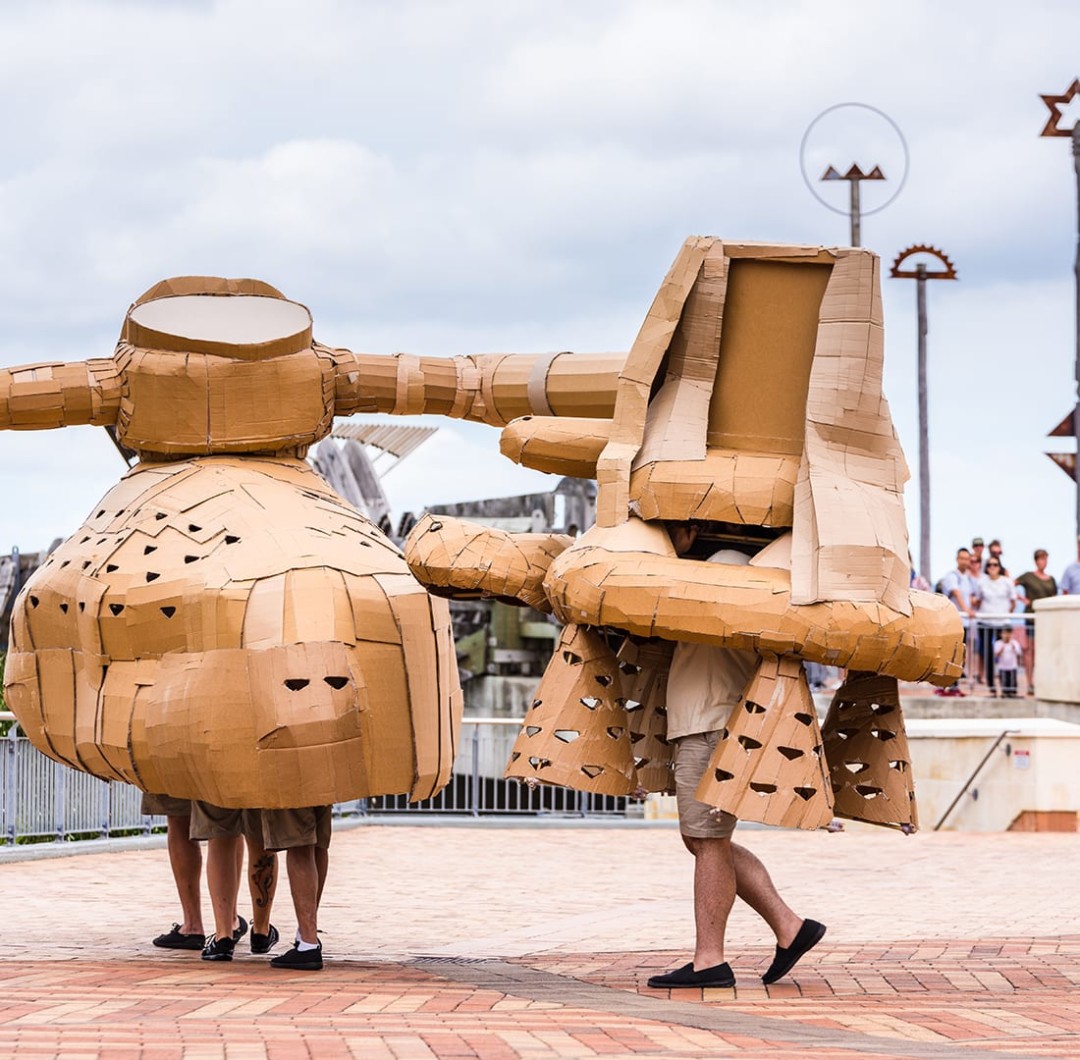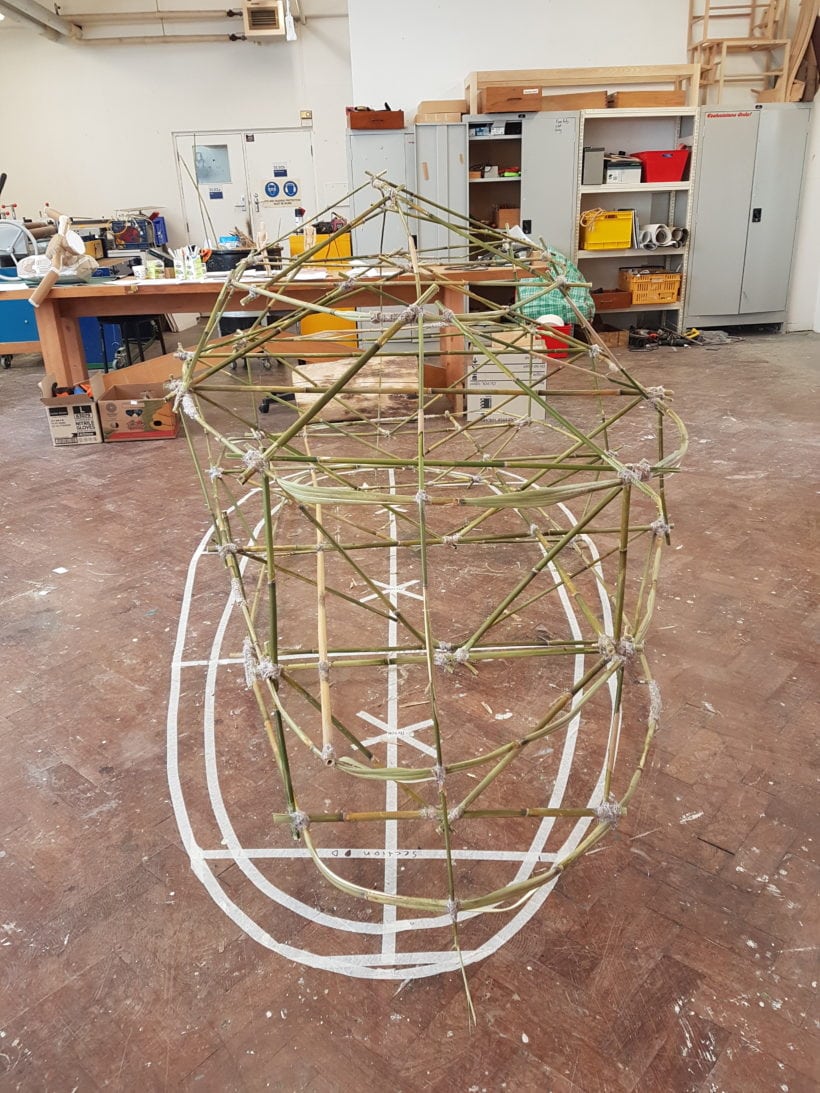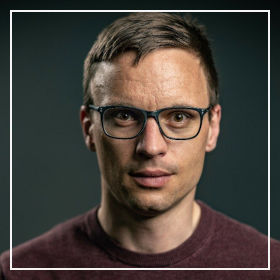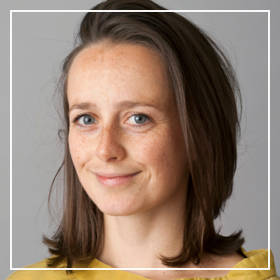What roles do things play in the context of forced migration? How do things become a vital source in the constitution of a sense of (new) home? Which promises, emotions, hopes, and expectations do they carry?
The artwork HELPERS CHANGING HOMES (2018), exhibited in MOVING THINGS, On the Materiality of (Forced) Migration (Forum Wissen, Göttingen from October 28th, 2022 until January 15, 2023) is based on a very personal exploration by Berlin-based artist Yuka Oyama about personal possessions in moments of radical uprooting. Working with mobile individuals of various backgrounds and living a nomadic life herself, the artist suggests that for mobile people, after many relocations, material things — more than national identities, culture, ethnic communities, gender roles, tradition(s), etc. — become key, stabile, identity markers. They create a sense of home and, through Yuka’s work, find their ways into participatory performance, parades and exhibits.
Yuka Oyama is a visual artist, who employs life-sized wearable sculptures, performance, jewellery, and video to think about what is ‘home’ for nomadic people. The artist’s original training as a jeweller transpires in her fascination for things that are deemed special enough to be carried on the body, as well as thing-person relationship between adorned objects, their wearers, and persons’ subjectivities. Yuka’s sculptures are often worn in public theatrical settings. They encourage participants to feel more imaginative, experience moments of connection to human and non-human actors, and act beyond set conventions. Since 2019, Yuka is Professor of Craft (Jewellery Art) at the University of Gothenburg, Sweden.
HELPERS CHANGING HOMES (HCH) (2018) is the first iteration (in a series of three) of Yuka’s practice-based artistic research Power of Small Things (2017-ongoing). In this artwork, the artist has collaborated with individuals who have experienced more than thirty transnational and national relocations.
This artwork was produced during Yuka’s artist-in-residence in Wellington, New Zealand. To produce HCH, Yuka applied her unique methodology: 1) conducting qualitative object-based interviews with individuals who had experienced more than thirty relocations; 2) designing costumes for each person that visualized their personal narratives; and 3) undertaking a parade-like performances with the interviewees.
This text records a dialog between two curators of the exhibition MOVING THINGS, On the Materiality of (Forced) Migration, Elza Czarnowski (E) and Friedemann Yi-Neumann (F), and Yuka Oyama (Y). From a conversation about her artwork, we segued into dicussions around ‘home’ and migration.
E: As a jeweller by training, you have developed close observation into intrinsic relationships – both physical and psychological – between adorning objects/clothing and their wearers, especially how they affect each other. How do adornments participate in creating someone’s social identity? In other words, what is the reciprocal physical and psychological affection of adornments and (their) wearers?
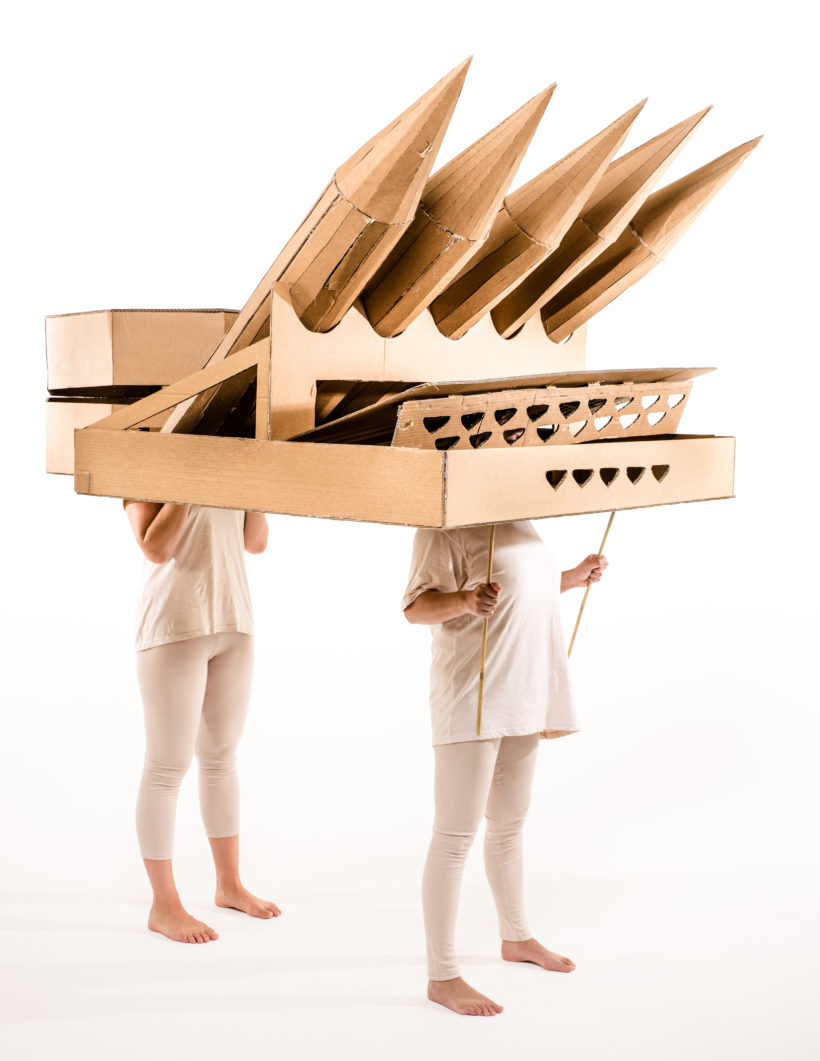
I am fascinated with the physical and psychological interrelatedness between adornments, mobile personal possessions, body, and personhood. I draw a reference to one of the five kinds of self-knowledge raised by Ulric Neisser, the ‘ecological self’. He describes it as perception of the self in the physical world of one’s body, where everything that a person is wearing and which moves with the body such as clothing, jewellery, glasses, prosthetics, etc. is also felt as a part of the corporeal self:
The ecological self is the self as perceived with respect to the physical environment: ’I’ am the person here in this place, engaged in this particular activity… In particular, anything that moves with the body tends to be perceived as part of the self…What matters is not possession or contact but agency and co-ordinate movement.[1]
Especially when people go through frequent uprooting, the previous contexts, who they used to be, seem to become irrelevant in the new context. While possessions can help reiterate, remind us, and hold onto the previous selfhood, especially clothing, they can also instigate the ‘otherness’ and make differences visible in the new context, since cultures have their own dress codes.

E: You always involve participants in your projects. Could you describe your work process?
Y: When I work on my projects, I usually start from conducting object-based interviews with individuals who have first-hand experience in the topic that I am investigating. For example, this work was about persons who had moved around at least thirty times both domestically and internationally in their lives. The first step was to find the people and conduct interviews. When the interviews ended, I selected seven stories. I then translated them into seven wearable sculptures. I normally try to design the sculpture based on personal narratives with some abstractions, which are my interpretations. In the next step, I invited the interviewees to try out the wearable sculptures. I asked how I should correct forms, scales, and weight distributions. After I added changes and finished the sculptures, I invited them to take part in a performance. We rehearsed for several afternoons. The performance took place in a public space, which I also filmed.
For some interviewees, it is the exactness of ambient, the same sound, brightness, physical activities that are facilitated through things that constitute a sense of continuous home.
E: I have read in some of your notes that your participants have expressed feeling transcendental and free after a performance. Did their participation in your project as a whole feel like a transition for you too? Would you call this a healing process?

Y: Yes, I also felt a kind of transition. But no, this was not intended as an act of healing like art therapy. This kind of artwork resembles theater, film, and dance productions. It creates a family-like community. Many people contacted me through emails and expressed how this project provided them time to reflect upon uprooting experiences in depth, and how much they were surprised by discovering extended meanings and associations that their personal possessions carried and revealed. For example, many participants responded that specific things make home:
Having a sewing machine defines home. If I am only passing through a city, I cannot have a sewing machine. But when I stay in one place longer, I can have it.
For some interviewees, it is the exactness of ambient, the same sound, brightness, physical activities that are facilitated through things that constitute a sense of continuous home:
The sound of a clock ticking connects many fragmented homes that I have lived in. Does not matter where I am, clocks tick at one constant speed … [The sound] grounds me. It gives an illusion that I am always in the same space.



F: During the HCH parade, you say that some participants felt ‘caged’ due to the heaviness and design of the sculptures. My thoughts relate to the term cage here. What is the relation between ‘capture’ and ‘captivity’ in representing, elaborating or displaying homes?
Y: In HCH, worn sculptures are temporary protections like ephemeral home places, which separate the private sphere from the public. What I emphasized was a shelter-like space like a shell or a façade of a building that replaces individuals’ self-representations that hides and makes them anonymous, where they can observe other actors. The home at the same time also ‘cages’ the wearers/residents. Even though from inside we may disagree and revolt against histories, heritage, rituals, rules that shape us in this space, the home passes down these integrities in us. Once we leave home it becomes evident what these assets are. As we gradually settle in and don ourselves with a new skin—another home—we incorporate the unfamiliar and new environments on the surface, but at the same time we realize some sort of core elements like rituals, value system, bodily activities, habits, and belief that we carry from previous homes stay intact. Embodied.

F: My question aims more at the different ways that we as artists, scholars etc. can represent homes or home issues and such lived experiences avoiding ‘fixation’ of differences and providing situated and gradual ones instead. Isn’t what curators do in museums partly comparable to making homes?
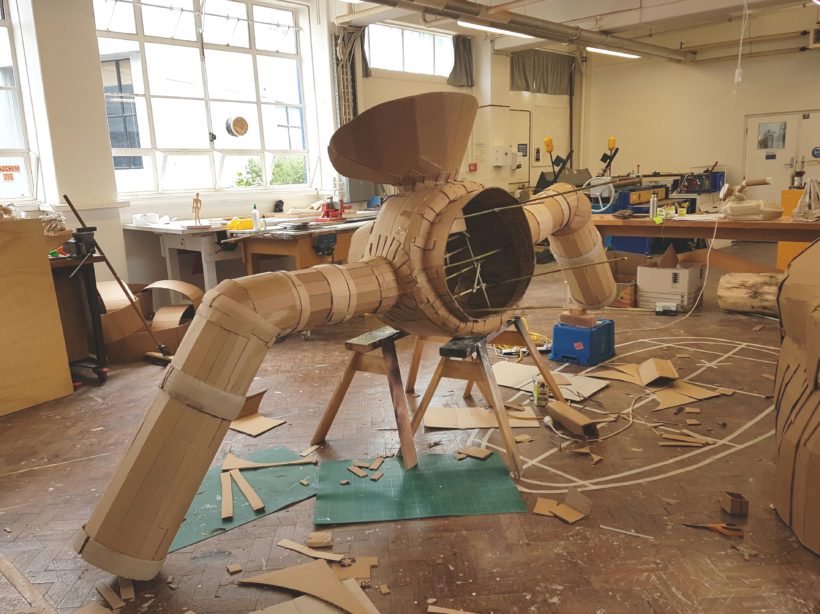
Y: Your analysis is inspiring. I believe the most direct and effective way of conveying the idea of home transformations and commensal act of home-making in my artwork is to participate in the project. The second most direct way of understanding these aspects in my artwork is through wearing the sculptures. Unfortunately, this cannot be experienced because I got rid of my sculptures. So, in this exhibition, I restage and narrate the past event. By this I wanted to emphasize that even a seemingly stable home is transient.
E: According to your essay on HCH, you mention that: “[t]he notion of home offers qualities such as protection, security, familiarity, love, comfort, and relaxation.”[2] But is home really what everyone is looking for? Isn’t there another, maybe contrary notion: freeing oneself from spatial and social confinement, newly inventing ‘the self’ by applying chosen or invented practices vs. ‘traditional’ or remembered ones?
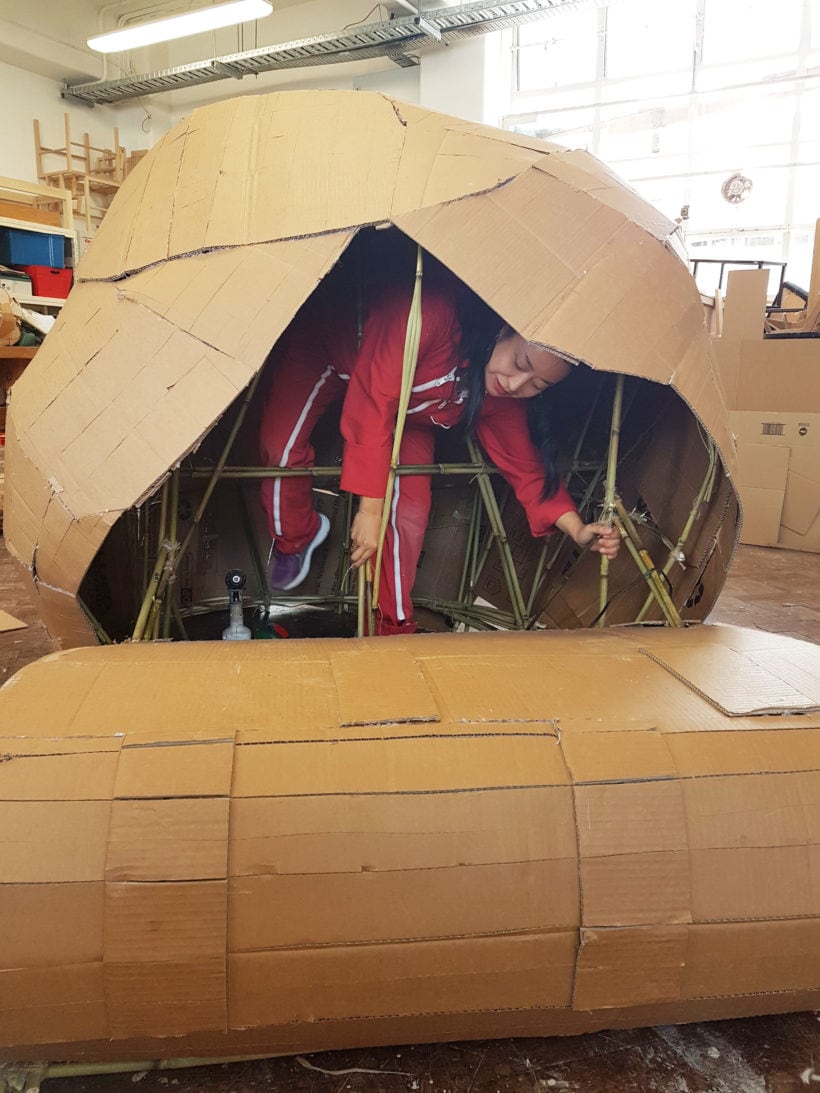
Y: This work deals with non-geographically-bound-home, where a home-base is frequently changing. Whether the new environment provides more freedom or confinement depends on the direction of moving/travel, and where you come from. There is privilege in having certain ethnical backgrounds in all directions of transnational relocations. As you say, ‘freeing oneself from spatial and social confinement’ can be relevant, which results in having little practice in staying long enough at one place.
E: Is privilege also an issue, reflected primarily in the voluntary nature of (mostly financial/work) mobility? To what extent have you learned that things become helpful and relevant to other causes of migration, especially in flight and displacement contexts during the research?
Y: Privilege is certainly an issue, but disorientation and reorientation are commonly experienced in diaspora. I have been examining different causes of nomadism such as numerous transnational/national relocations, long-distance vocational commutes, and children who are raised in shared-parenting parallel homes. What I have been learning is inventions of individual methods to prompt ongoingness. I think these methods are transferable to various reasons for migrations, especially flight and displacement.
F: Apropos ongoingness, do you consider home something that can be brought over?


Y: Do you mean bringing people over through objects that are props and prompts to stage home?
F: No, I meant bringing over what can be used to make home but also home as a scientific or artistic object. There is a distinction between the transformative objects of your work and the artistic material transformation of ‘the object’, for example, the sewing machine. Your transformed objects cross private and public realms, you negotiate intimate home issues across different spheres and boundaries. Going back to our previous discussion about parallels between home-making and exhibition-making: in homes, these boundaries might be intimacies, while in museums the showcase’s glass protects things. As home researchers, you and I might have different ways of working on and presenting homes and correlates, but we might negotiate similar issues of in/visibility, dis/closure and presentation.
Y: You raise a very remarkable observation and comparison – glass vitrines, homes (buildings), and museums; in/visibility, dis/closure, and anonymity. Showing something very private in public space through custom-made worn sculptures is what I try to do with my artwork.
Whether the new environment provides more freedom or confinement depends on the direction of moving/travel, and where you come from.
E: The security conferred by a glass case and feeling secure at home might be similar, but differences arise at several levels, too. The vitrine can be seen as a safe space, but safety from what and for whom?
F: There are social and cultural differences about visibilities and invisibilities and the boundaries of home. As Pauline Garvey[3] has shown in her work on different communities and home boundaries in Norway, dissimilar homes have different forms of keeping and maintaining intimacy. Don’t you think that it is also necessary to reflect on the boundaries and constraints of museums in similar ways? The showcase might be considered a safe space for the exhibit or an unnecessary barrier preventing interaction, depending on the point of view.
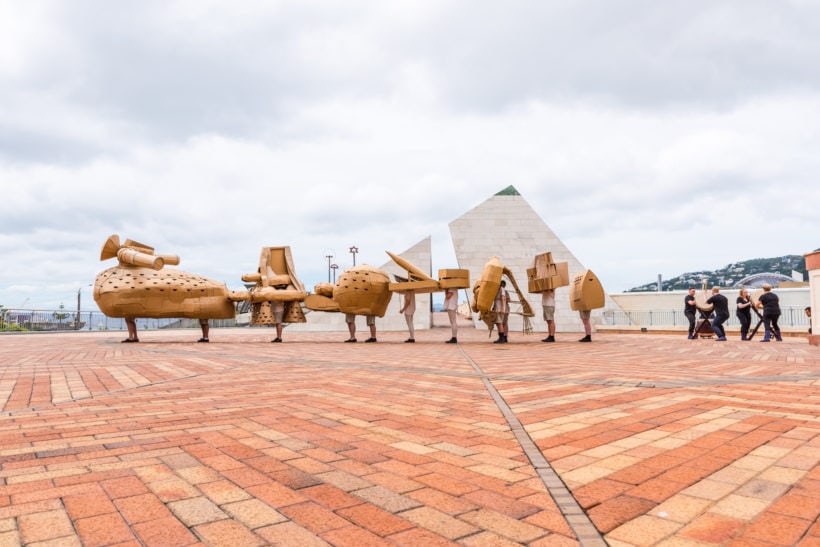
Y: As you mention, the critical difference between the two spaces, a private home (that is neither a temporary shelter nor institutionally created space) and a museum, is how people inhabit the space. In the museum space there might be no sense of ownership unless one is the owner of a private museum. Similar parallels can be drawn to IKEA showrooms or model showrooms of real-estate, where mess and personal traces that come from habituating the space are hidden and controlled.
F: This is an interesting point. I don’t think there is no sense of ownership regarding Museums. The ownership of museum objects is currently heavily contested in the face of colonial violence and dispossessions. Might it be that you are rather referring to the difference between formal ownership and inhabitation?
Y: Yes. Inhabitation. What I mean is traces of living. A space that allows dwelling as well as storing and bringing in any items necessarily for homing without negotiations. Rooms that contain or have reminiscence of smell, sound, orderliness, and chaos—evidence that someone or some people have spent time to settle in. Do you anticipate visitors staying for long and returning – making themselves at home?
E: We would very much like to expand the space to include more than the classic museum functions. Several steps have been made in this direction: the free entry policy, but perhaps more importantly an education program, which offers dialogical exhibition tours in several languages. Visitors are, for example, encouraged to sit down at a canteen table and listen to different stories around the topic of food. Of course, there is still a long way to go in opening museums to all.
F: The visitor’s view is something I would like to ask you about. Do you know how the audience has in the past understood and interpreted the wearable sculptures?
Y: At the site of performance, where no information was provided, people did not take any notice of the performance. They just walked by as if there was nothing going on. I assume that many people thought that a parade was happening. Having no information means inviting all interpretations and reactions. There is a magic in running into costuming actions and carnivals unexpectedly. I want to keep this spirit. However, for this exhibition, I am inspired to evoke constructive debates about a specific topic among broad audience members through art. To allow this to happen, presenting just the right amount of guiding information is essential. I am very curious to find out the reactions of the audience to the wearable sculptures and how they perceive them in the exhibition.
Information on the exhibit and dialog partners
The exhibition MOVING THINGS. On the Materiality of (Forced) Migration (MatMig, shown at Forum Wissen, Göttingen from October 28th, 2022 until January 15th, 2023), developed from the anthropological MatMig[4] research project, which aims to engage with questions around human-object relations in (forced) migrations from curatorial, anthropological and artistic perspectives. The seven rooms that make up the exhibit involve arrangements without any objects, through a strong focus on individual things, from artistic positions to spatial scenarios. The works of the following artists are also presented here: Mario Badagliacca, Jorge Fernández, Jakob Haueisen, Grey Hutton, Pablo Iraburu, Thaer Maarouf, Gideon Mendel, Adrian Oeser, Yuka Oyama, Pablo Tosco, Clara Wieck.

[1] Neisser, U. (1988). “Five kinds of self knowledge.” Philosophical Psychology, 1:1 pp. 35-59. https://doi.org/10.1080/09515088808572924
[2] Oyama.,Y. (2022), ‘HELPERS CHANGING HOMES’. https://yukaoyama.com/download-helper-changing-homes/
[3] Garvey, P. (2005). “Domestic Boundaries. Privacy, Visibility and the Norwegian Window.” Journal of Material Culture 10(2): 157–176.
[4] For more information on the research project “On the Materiality of (Forced) Migration” visit https://materialitaet-migration.de/en/. This research project has been carried out in collaboration among the following three parties: The Institute of Social and Cultural Anthropology at the University of Göttingen, Museum Friedland, and the Berlin-based exhibition agency Die Exponauten. Ausstellungen etc.

